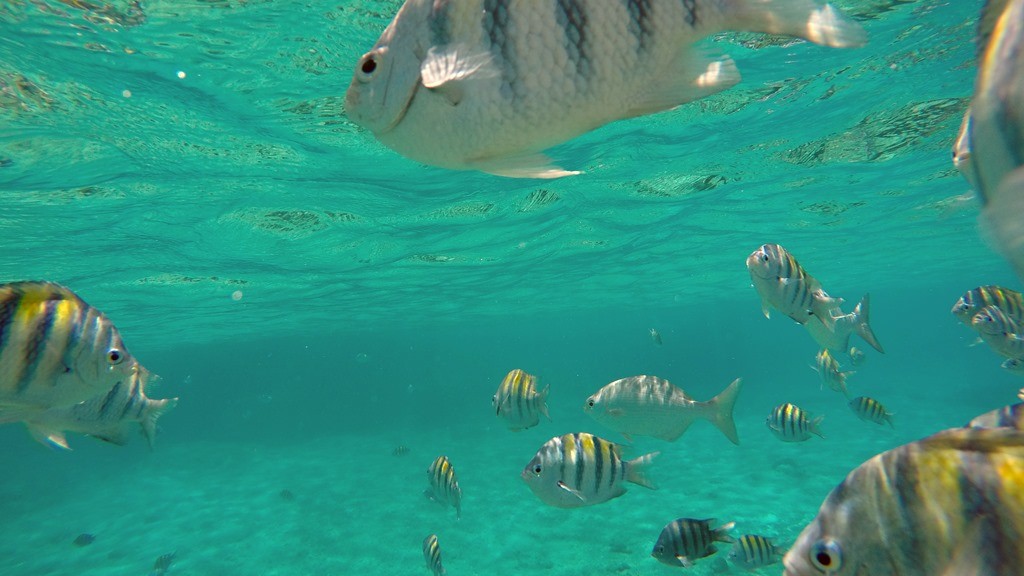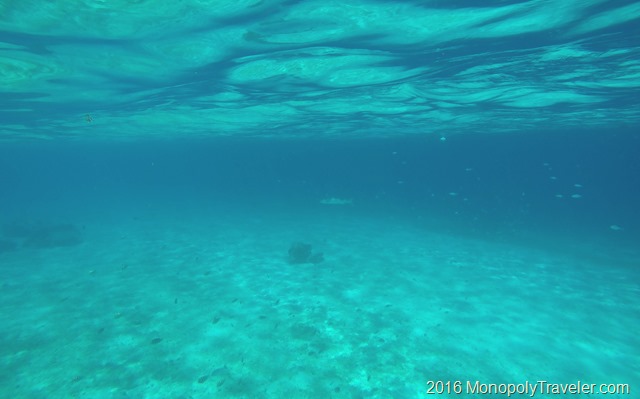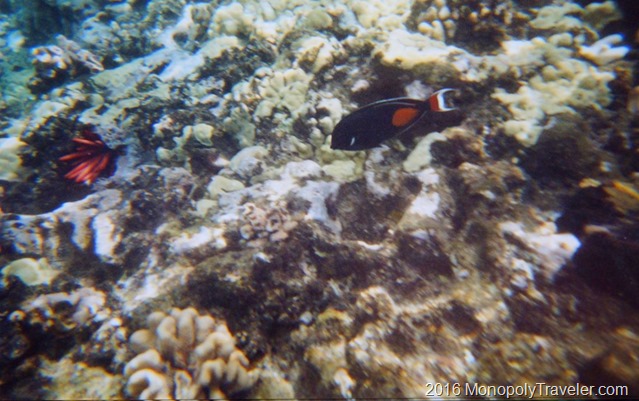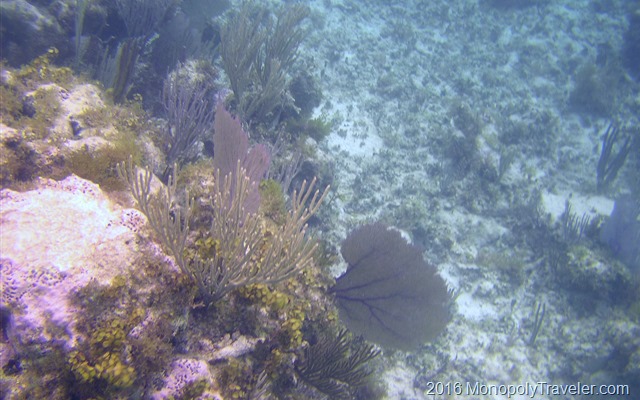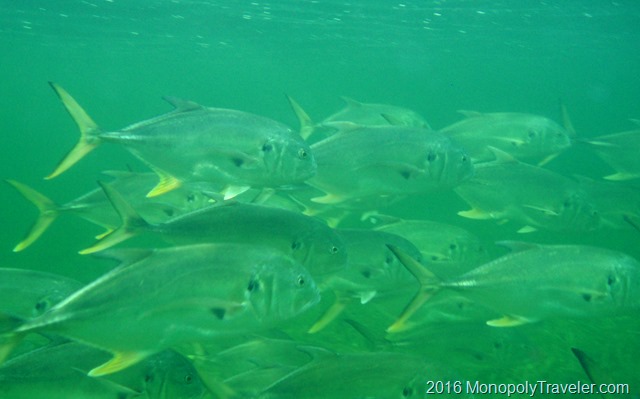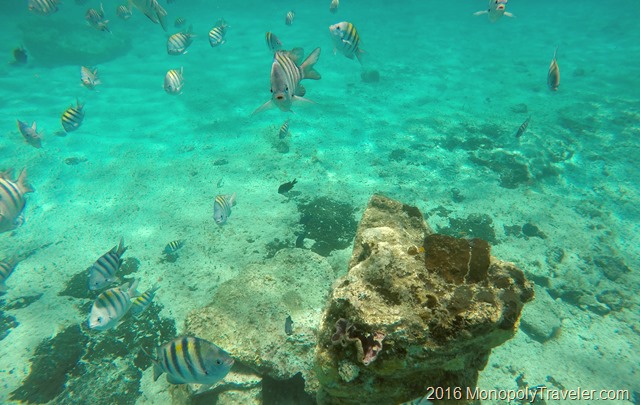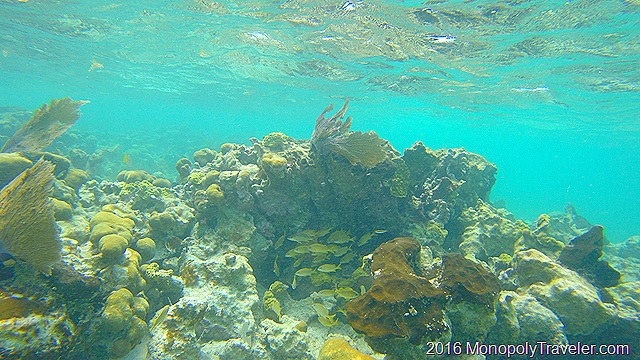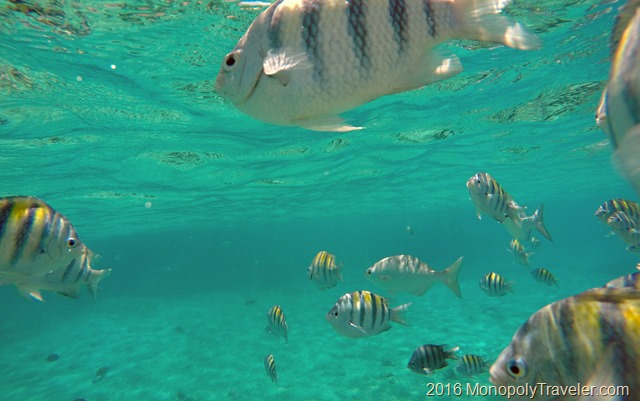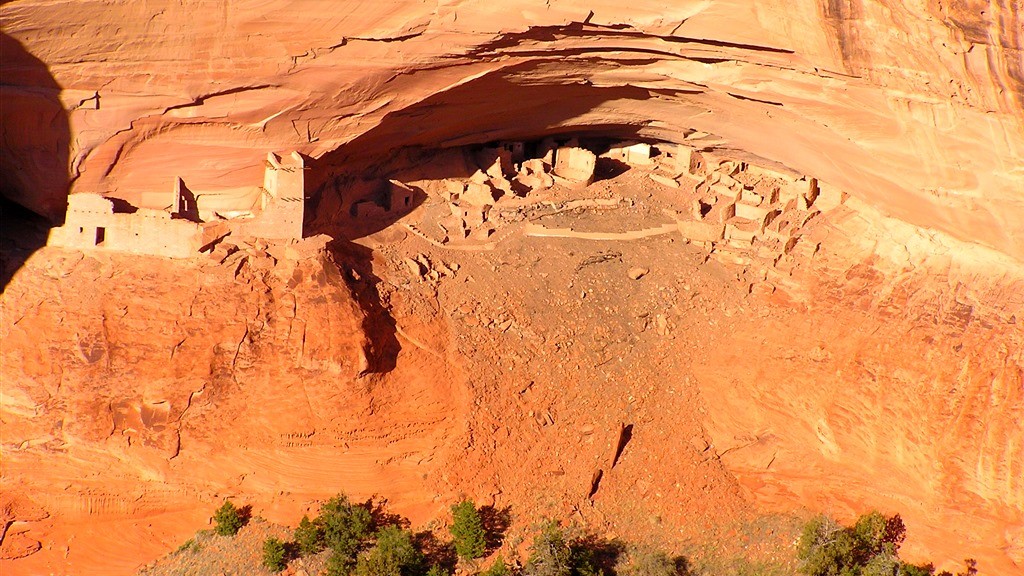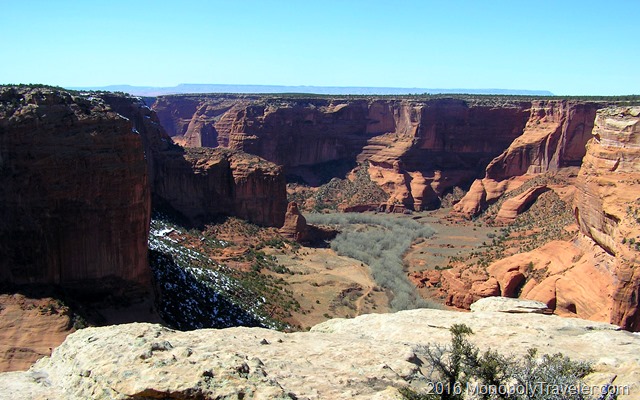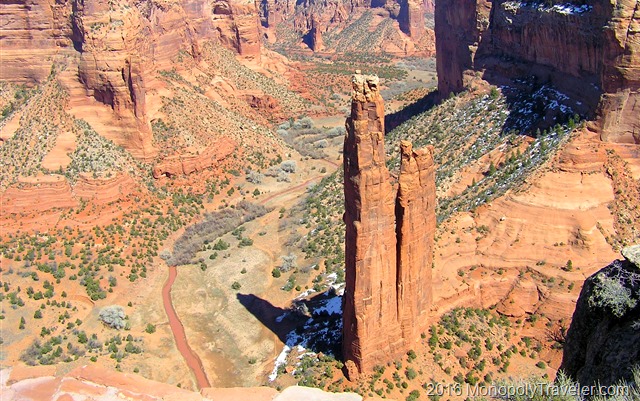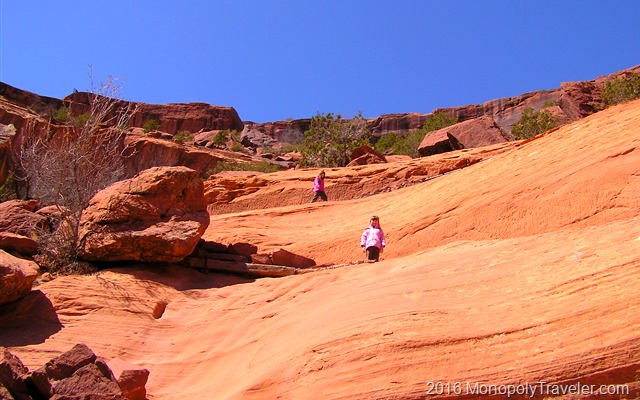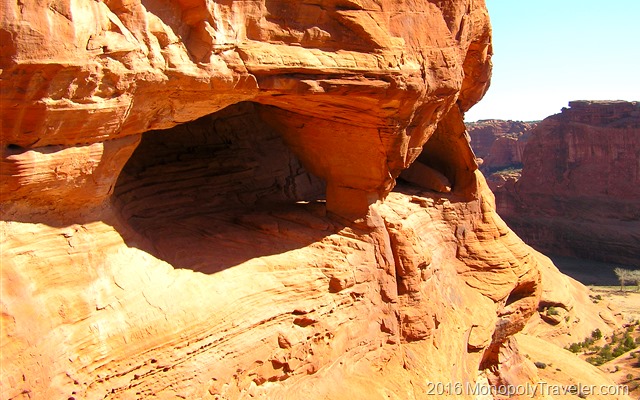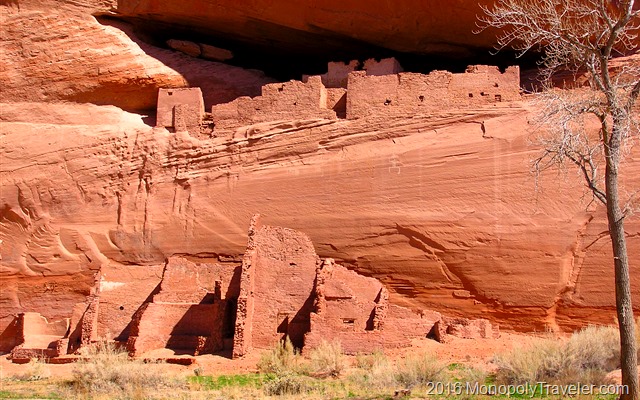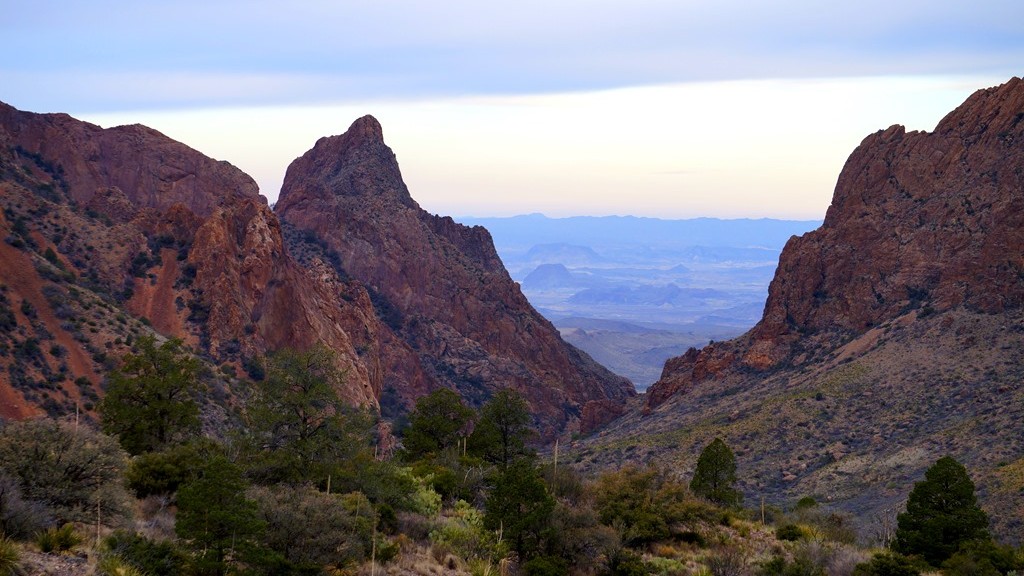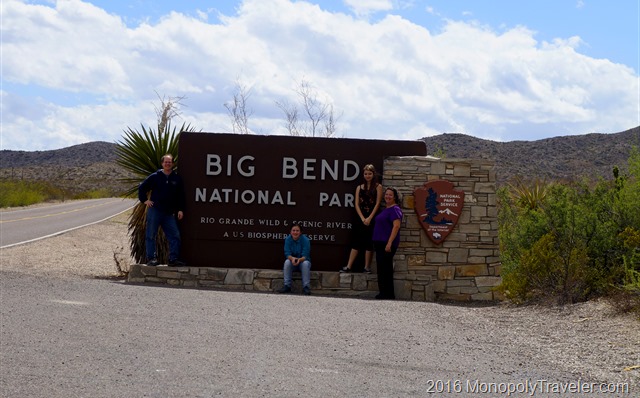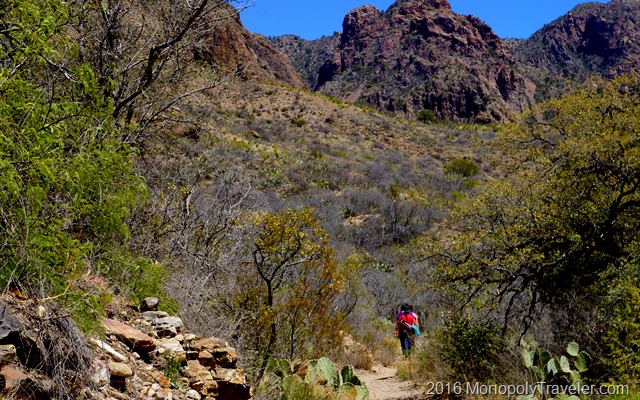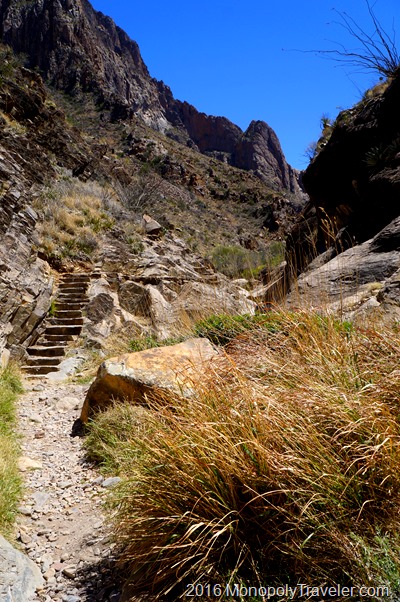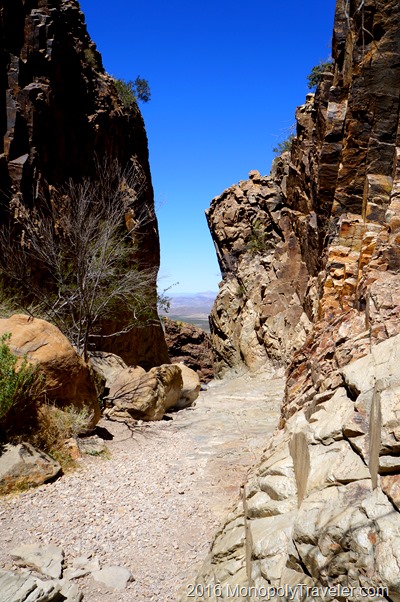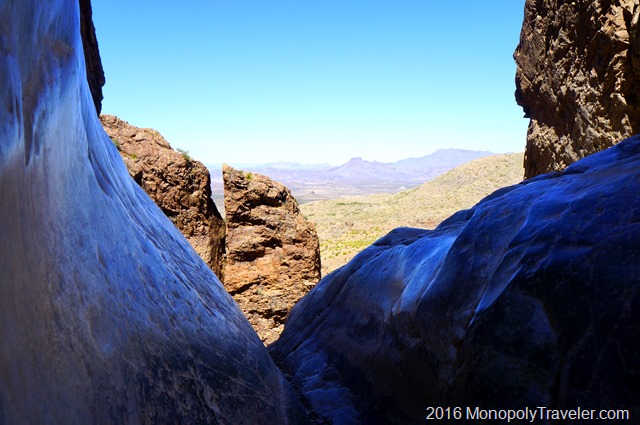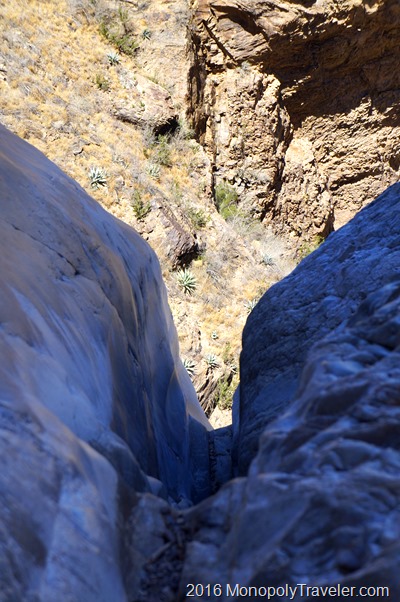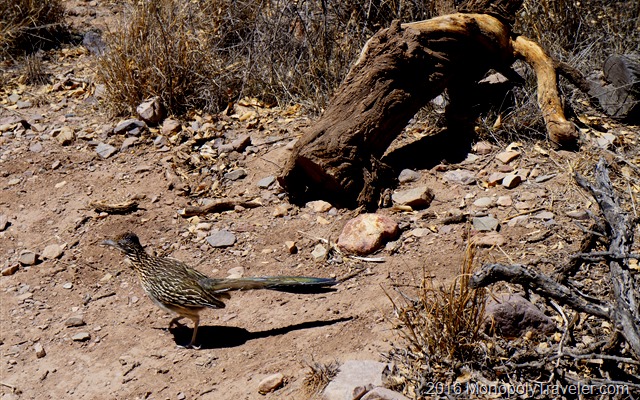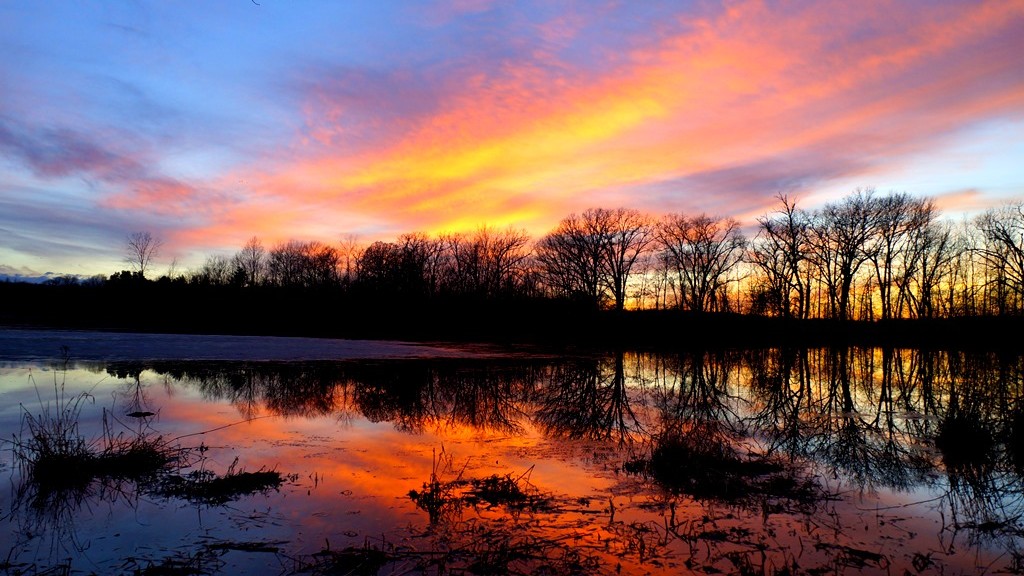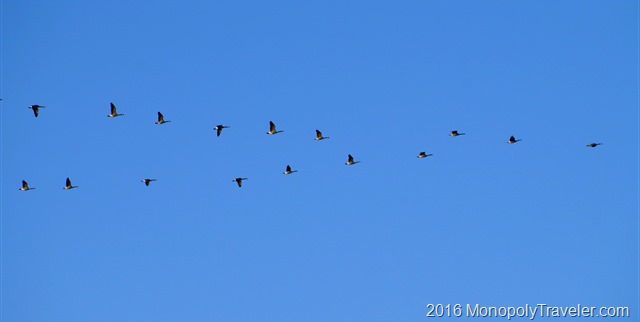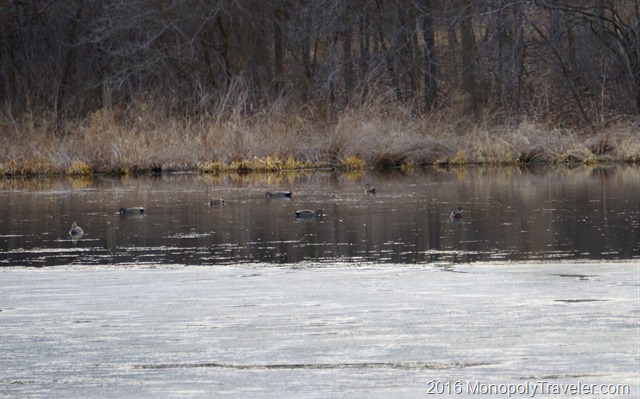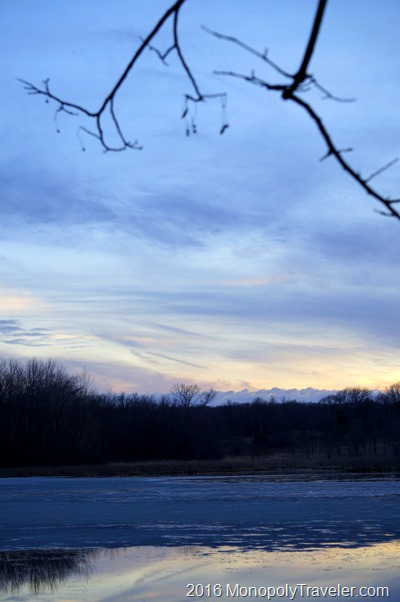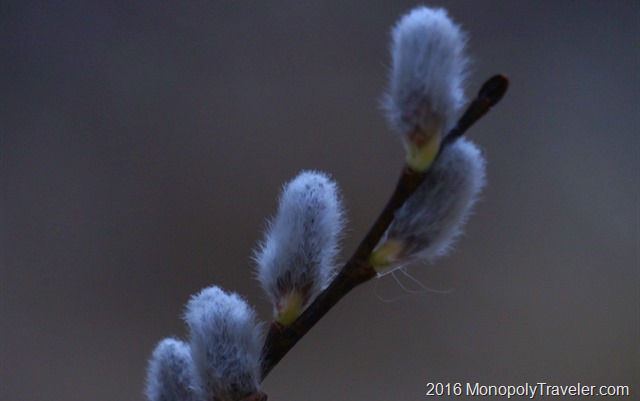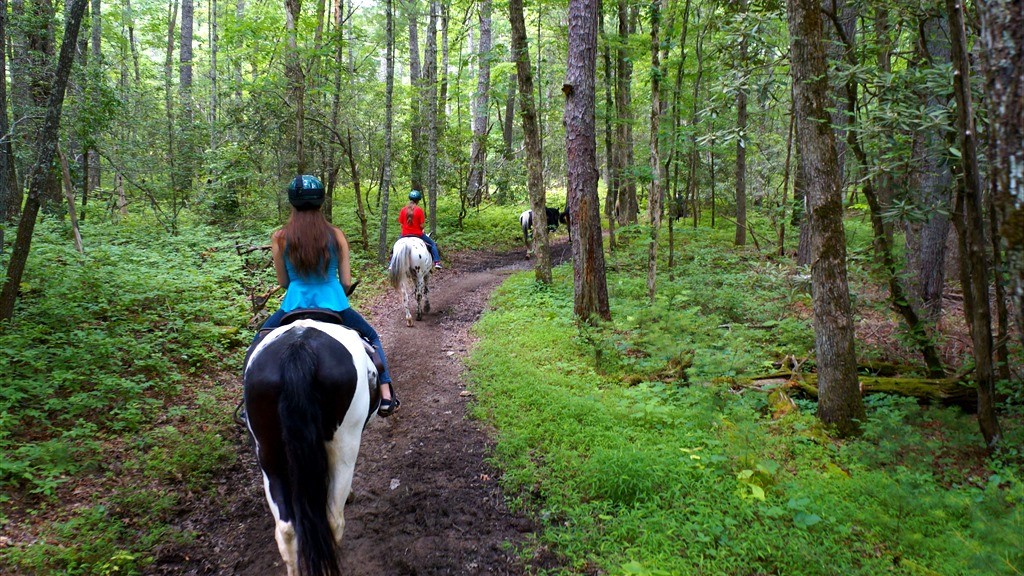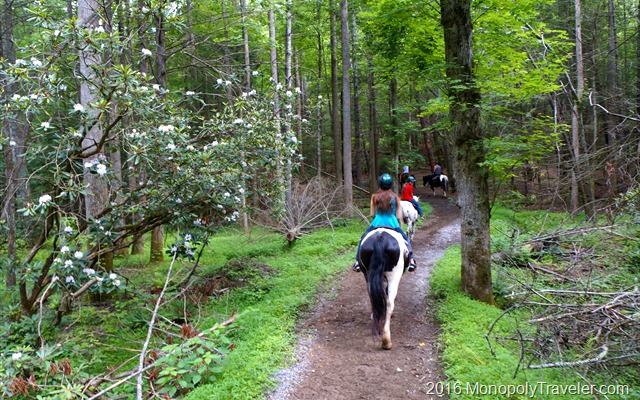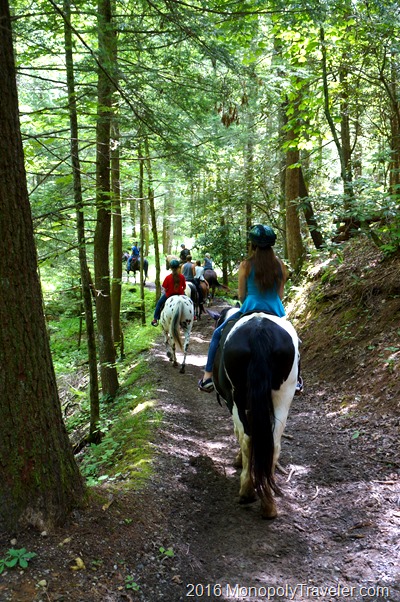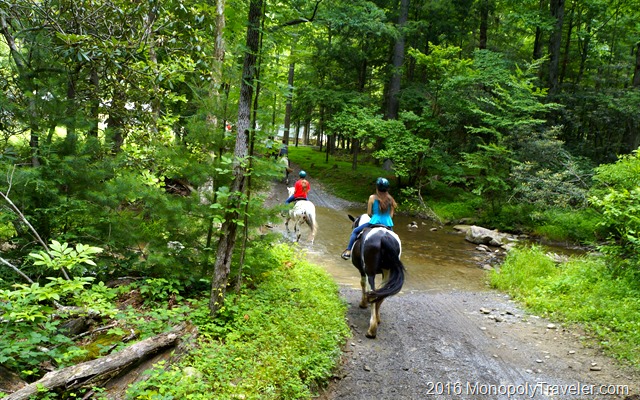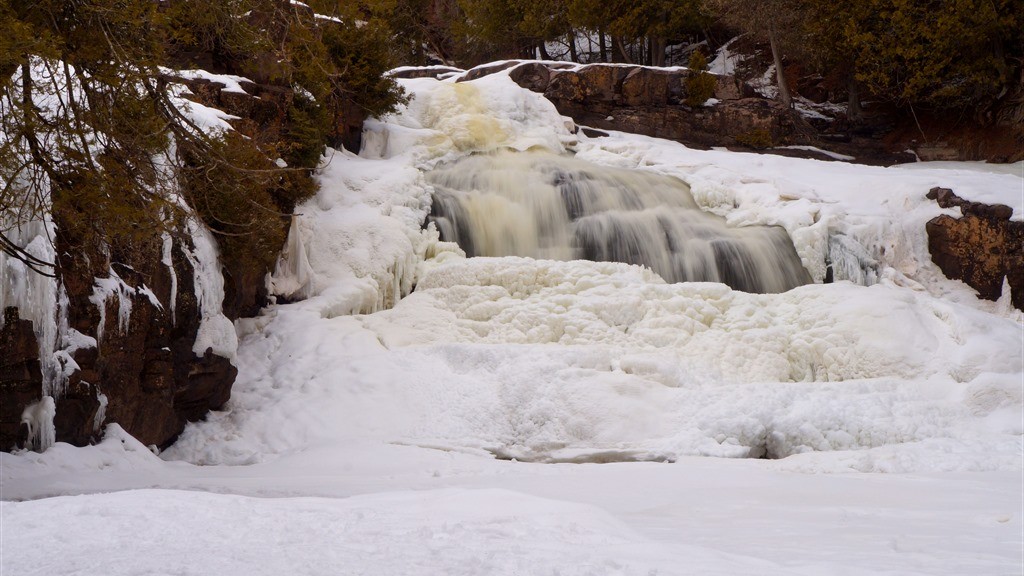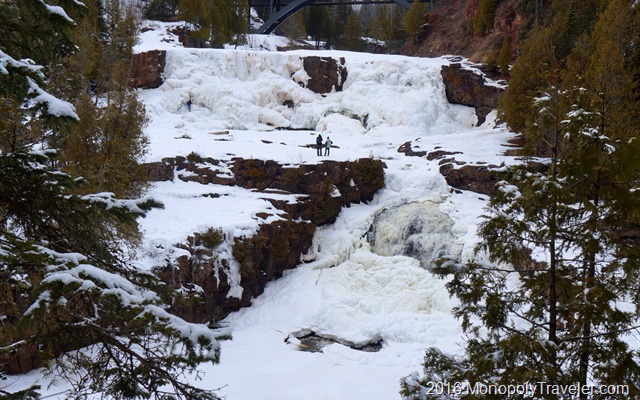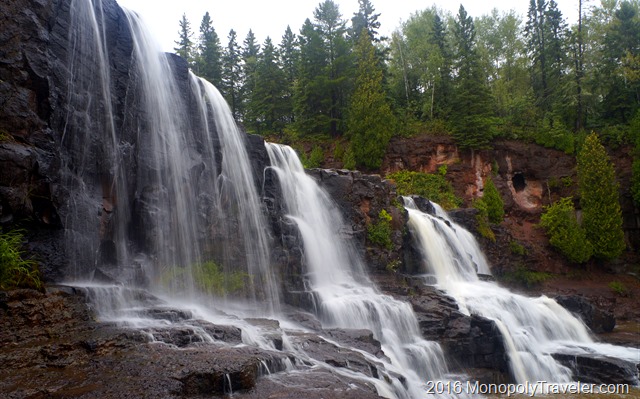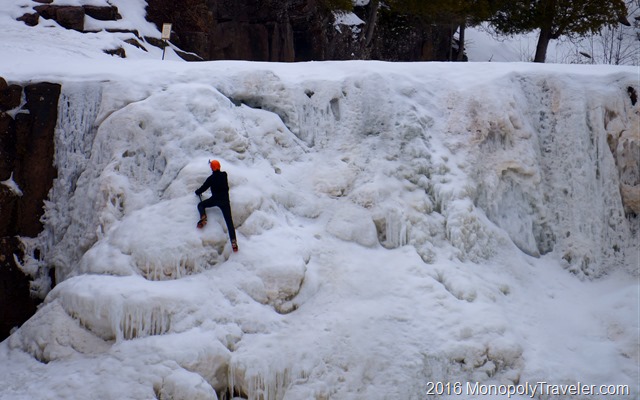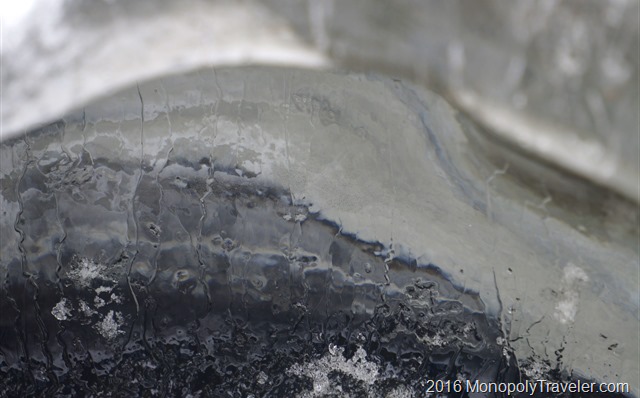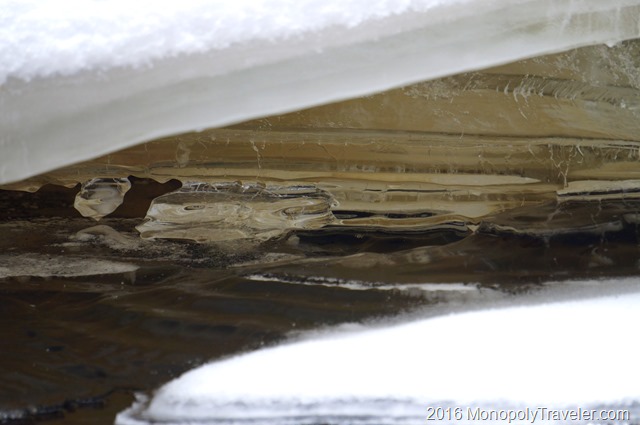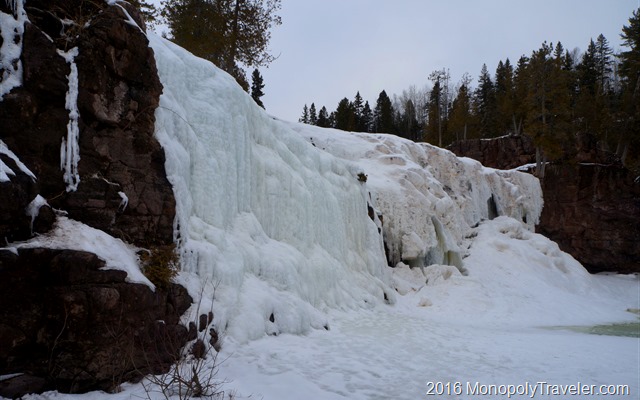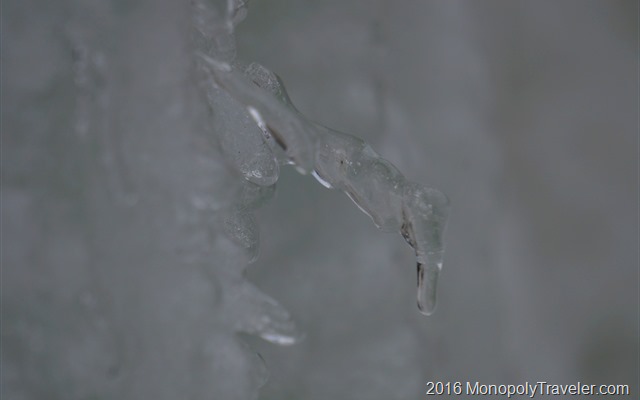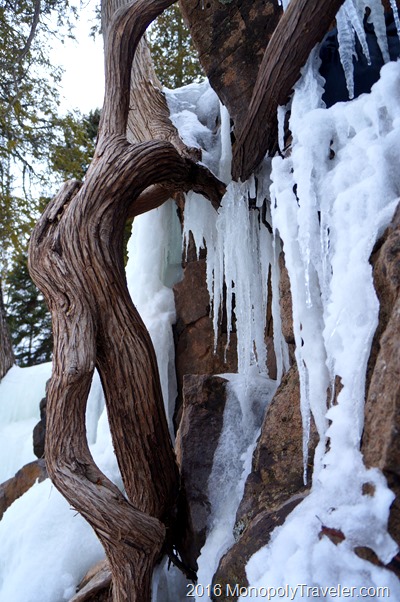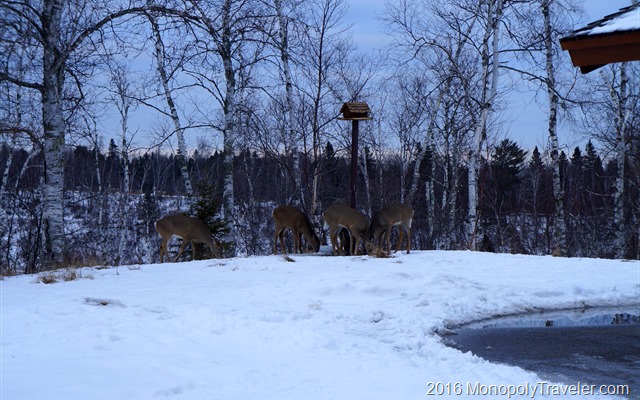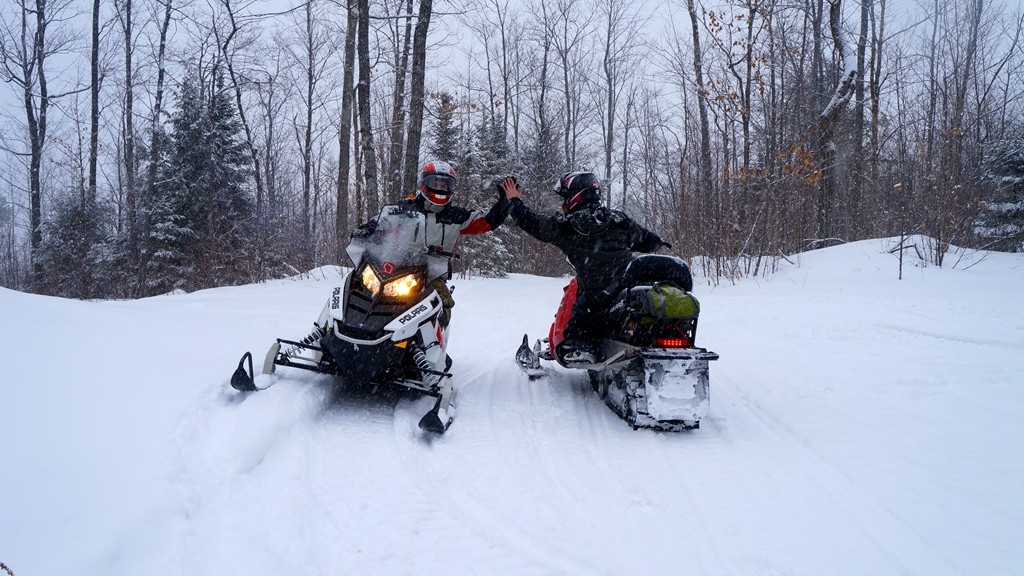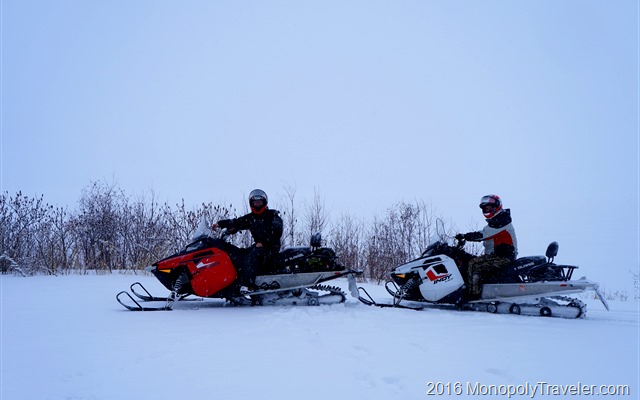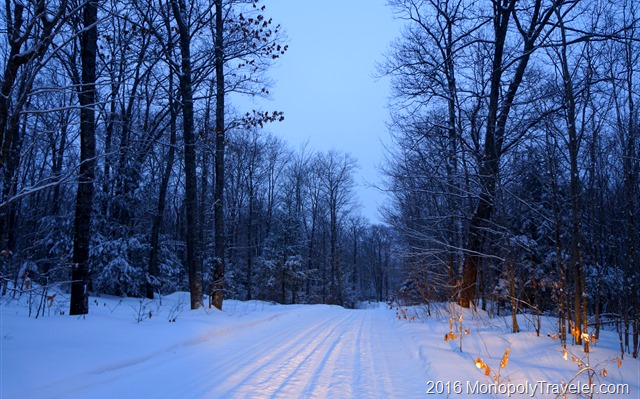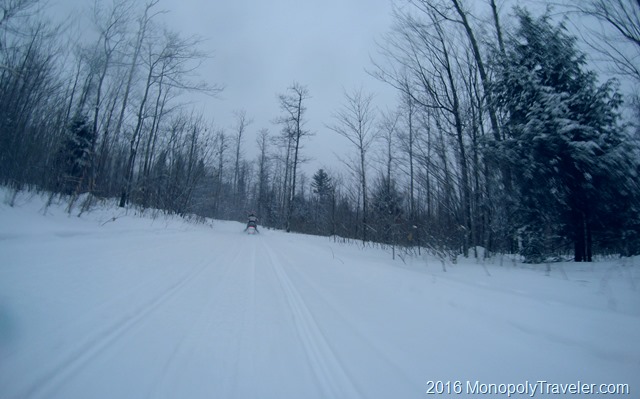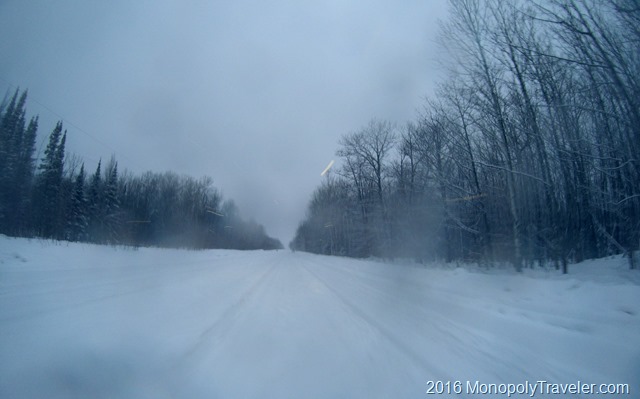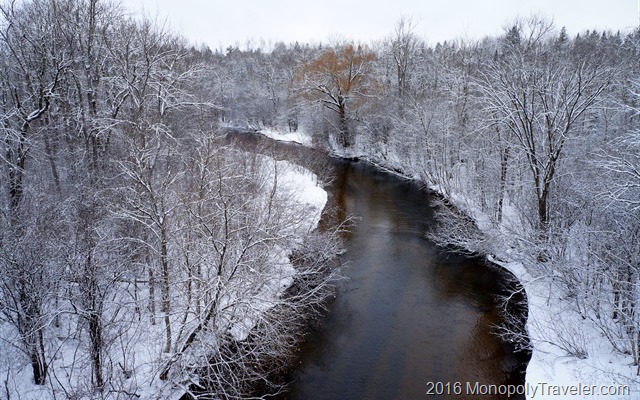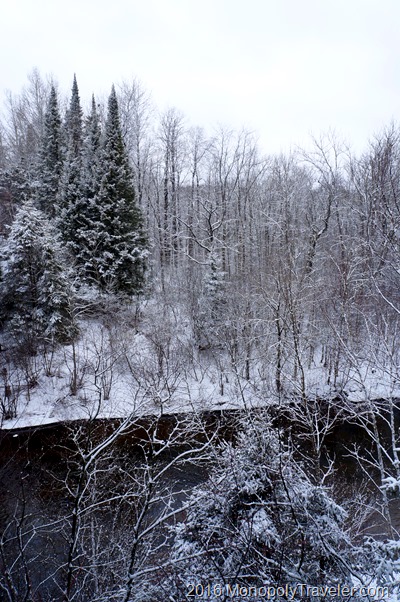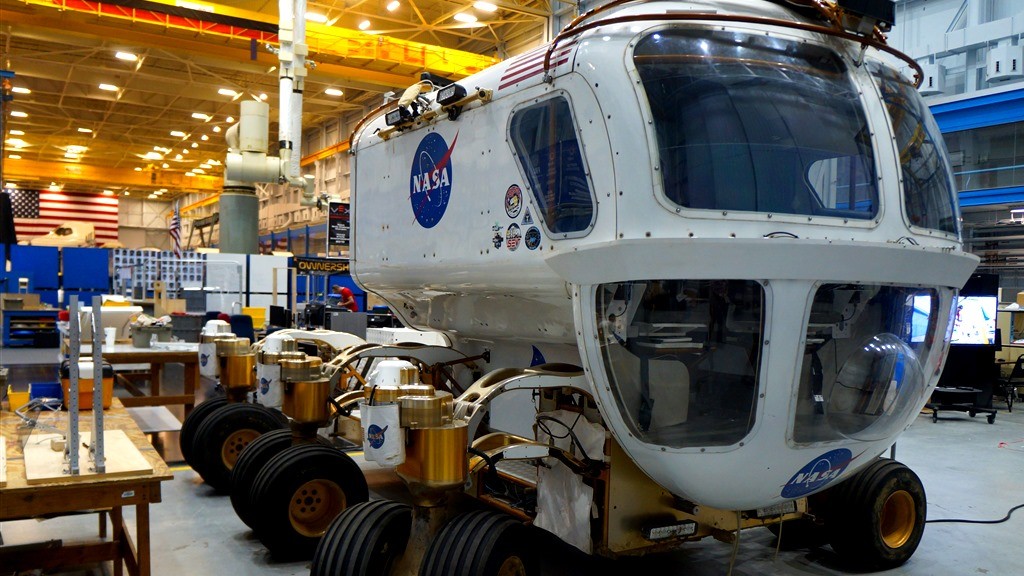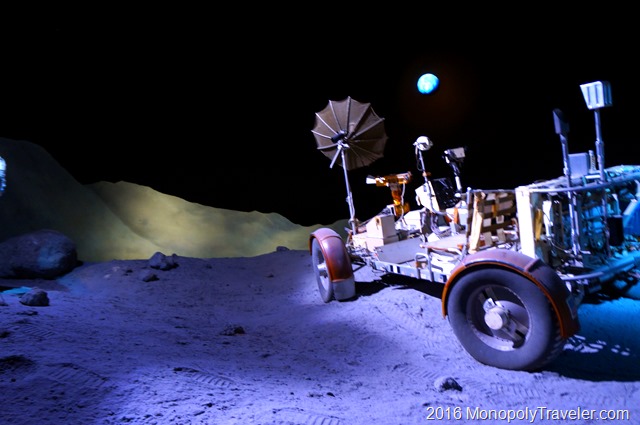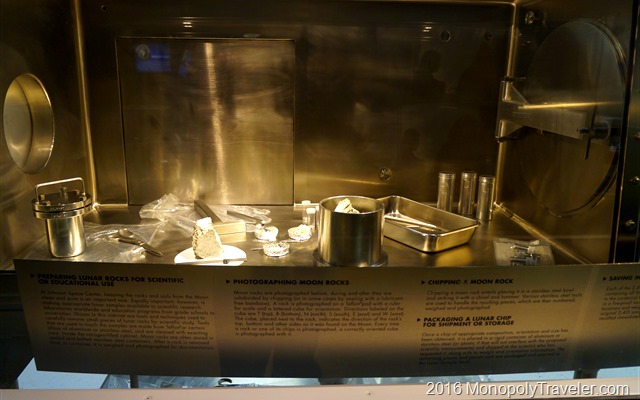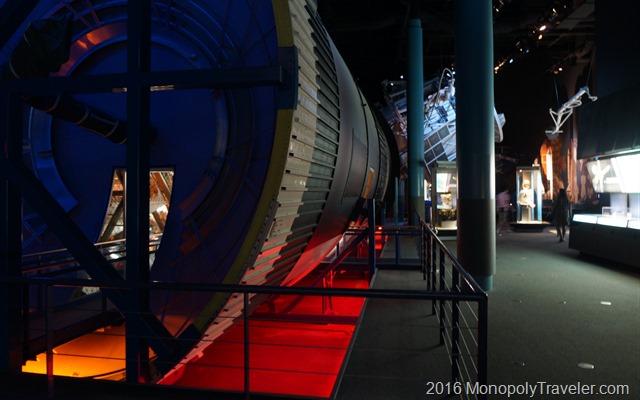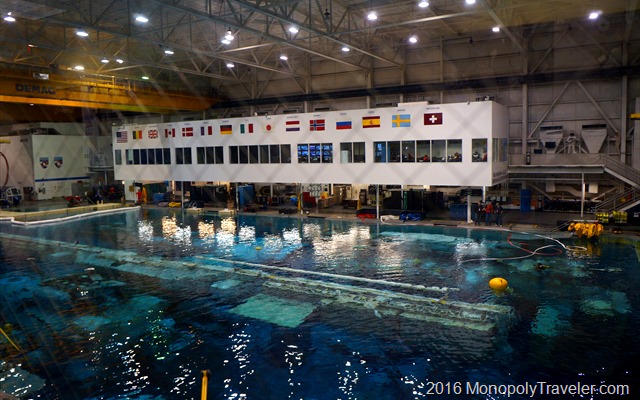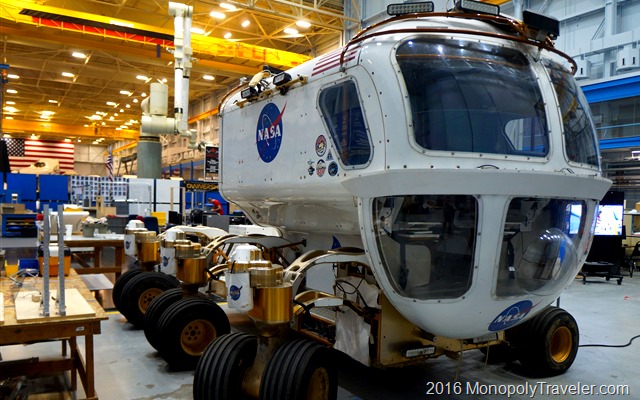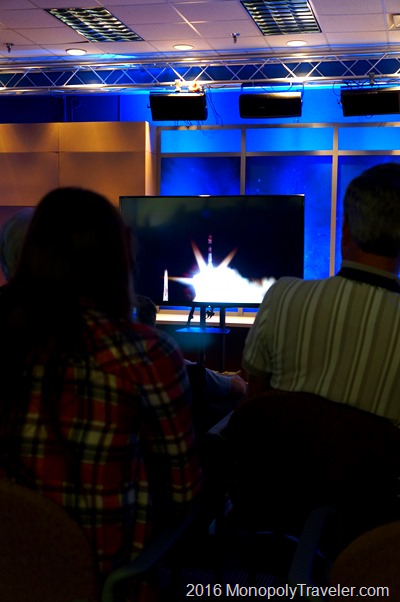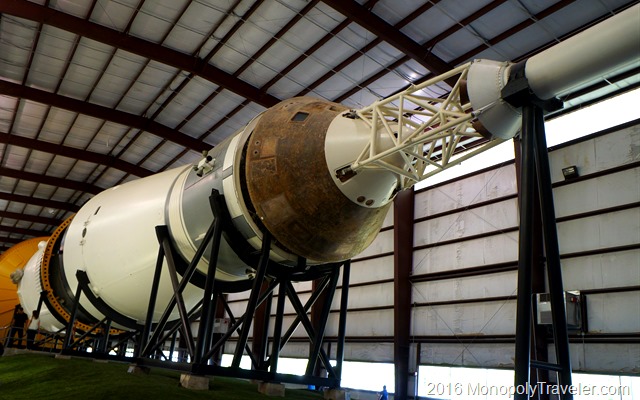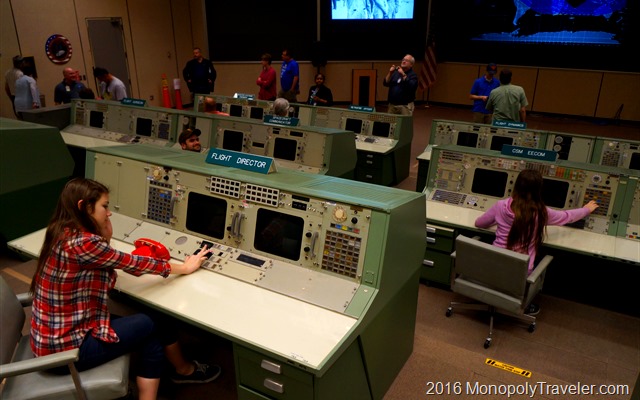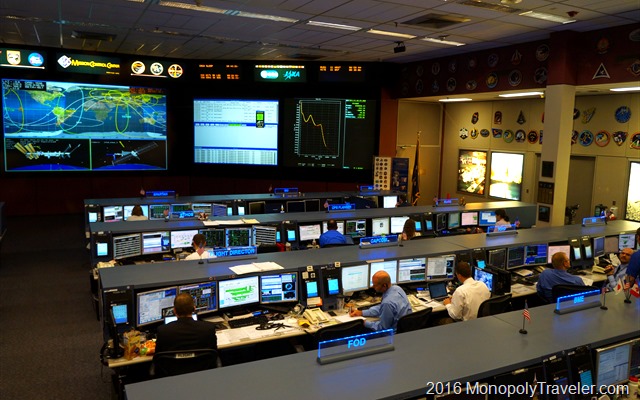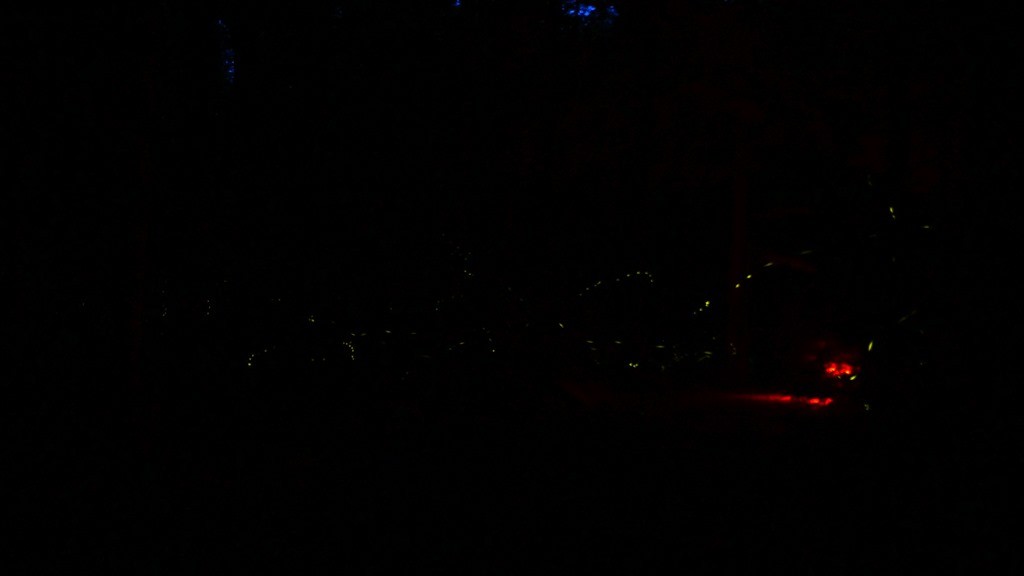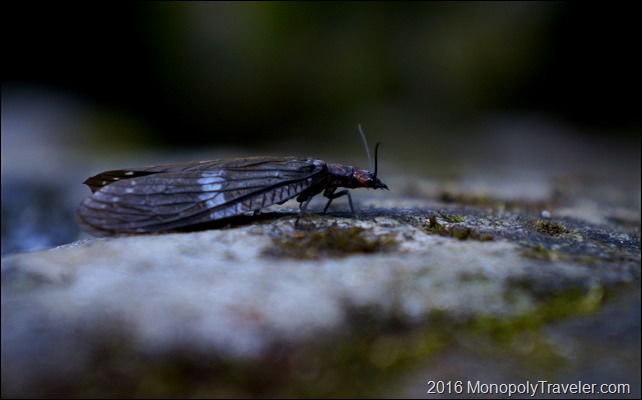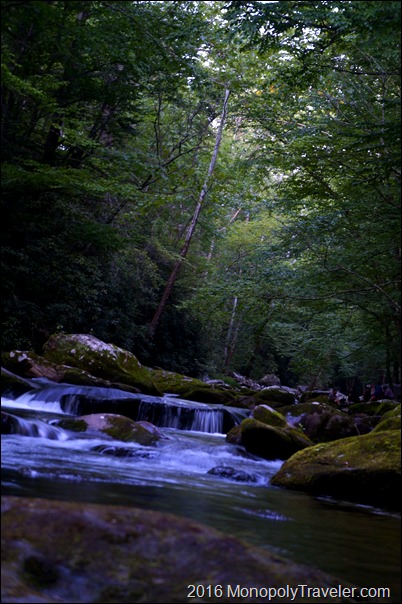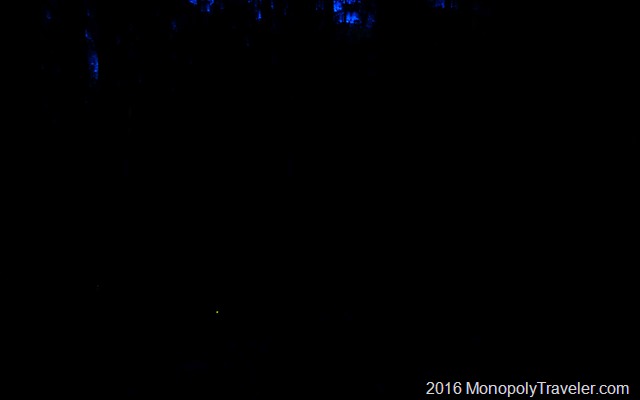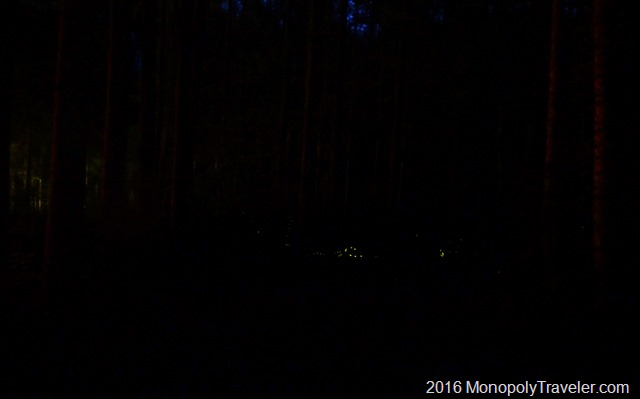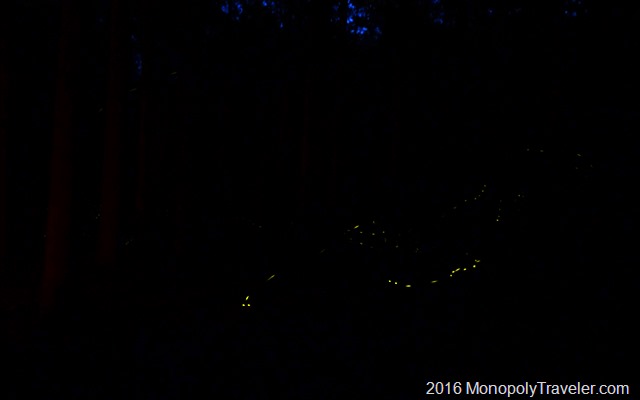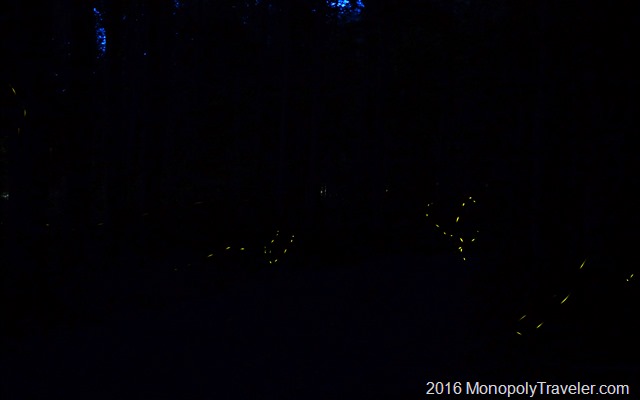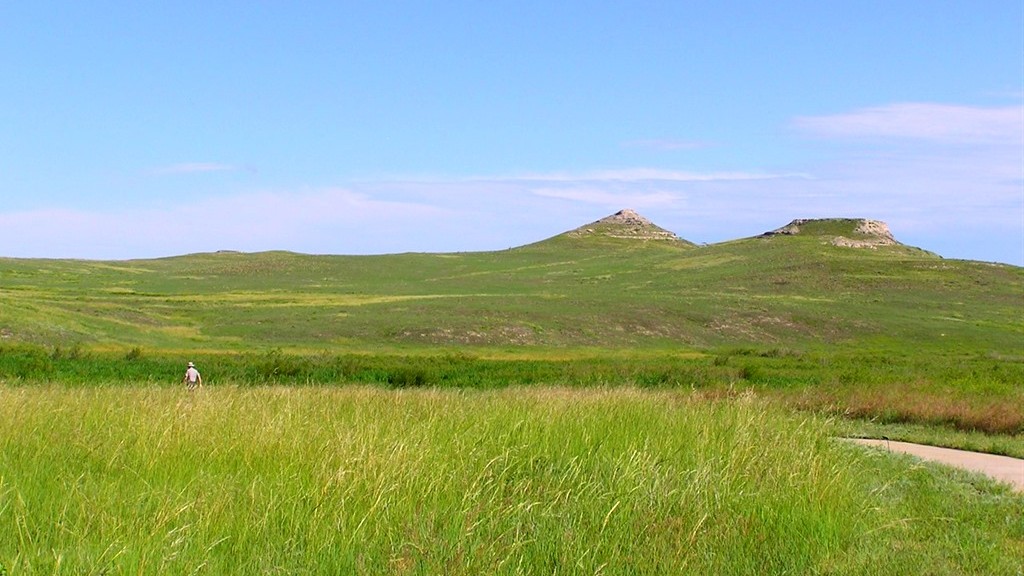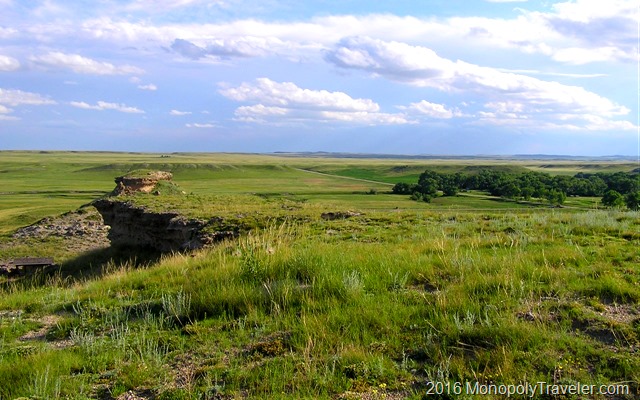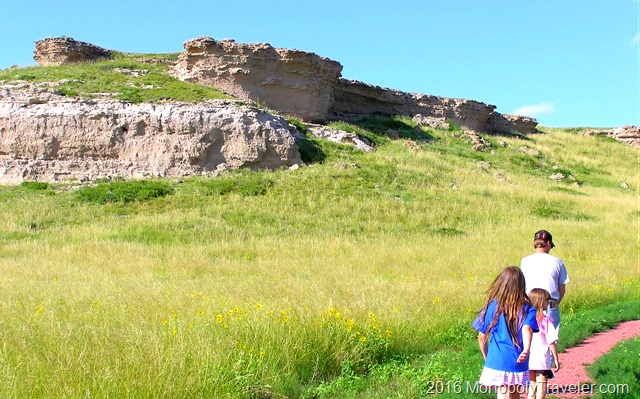Snorkeling has been a great hobby ever since I first tried it in the Cayman Islands in 2001. Ever since then I’ve wanted to capture the beautiful underwater landscapes but the cost to do so has prevented me from using equipment that would provide great photos. Fortunately things have changed over the past 15 years making it more affordable to capture those underwater memories.
Above is a picture taken in 2015 on the beaches of Cozumel using a GoPro Hero 4. It’s not a great shot but one that makes me laugh because the larger fish is a Barracuda and you don’t see a lot of fish in front of it but there are several behind it. When I first started taking underwater photographs I was resigned to using the disposable camera for water. This image below is one of the better shots as most are made up of varying shades of blue making it difficult to see what you are taking the picture of.
After getting tire of so many poor pictures and the challenge in trying to use one of these disposable underwater cameras I decided it was time to get a waterproof case for a digital camera. The results are better, however I’m using cameras purchased in 2004 so the quality is still less than I would like, but given how often I snorkel, purchasing better gear isn’t justified. Below is an image of coral using the older digital camera in a case made specifically for it.
Many of the images from this older digital camera are a little blurry but at least there are more pictures where you can tell what the picture actually is about and colors are more representative of what you actually see. In addition, there isn’t as much of a limitation on the number of photos you can take because they’re digital instead of a roll of film so go ahead and shoot away. Because of this I was able to photograph this school of fish in the picture below and somewhat see what I was photographing through the screen on the back.
All of the following images were captured using the GoPro. These are definitely better – sharper, more accurate colors, and increased detail on larger images. I just set the camera to take a picture every second or two and swim around with the camera. No more trying to set up a shot only to have a wave come by and push me into a different position. The unfortunate side to this is I don’t know what the photographs look like until I get back to my computer because I don’t have an LCD screen on the GoPro Hero 4 as most of the time my smart phone is the screen but that doesn’t seem to like being in the water.
The end result is better underwater photographs, which for the most part, I’m happy with. For such a small camera it really does a good job. Since I don’t live around an ocean I would like to try it in fresh water in lakes and rivers around my house to see how those turn out. Most likely not as colorful as ocean pictures but could be fun and interesting all the same in the right places.
Above is a school of fish taking refuge among the reef. Below is one of the many urchins hiding in the rocks. The little orange specs near the urchin are small fish. These action cameras like the GoPro are definitely fun cameras to use in ways other cameras can’t without expensive add-ons without sacrificing a lot of quality.

